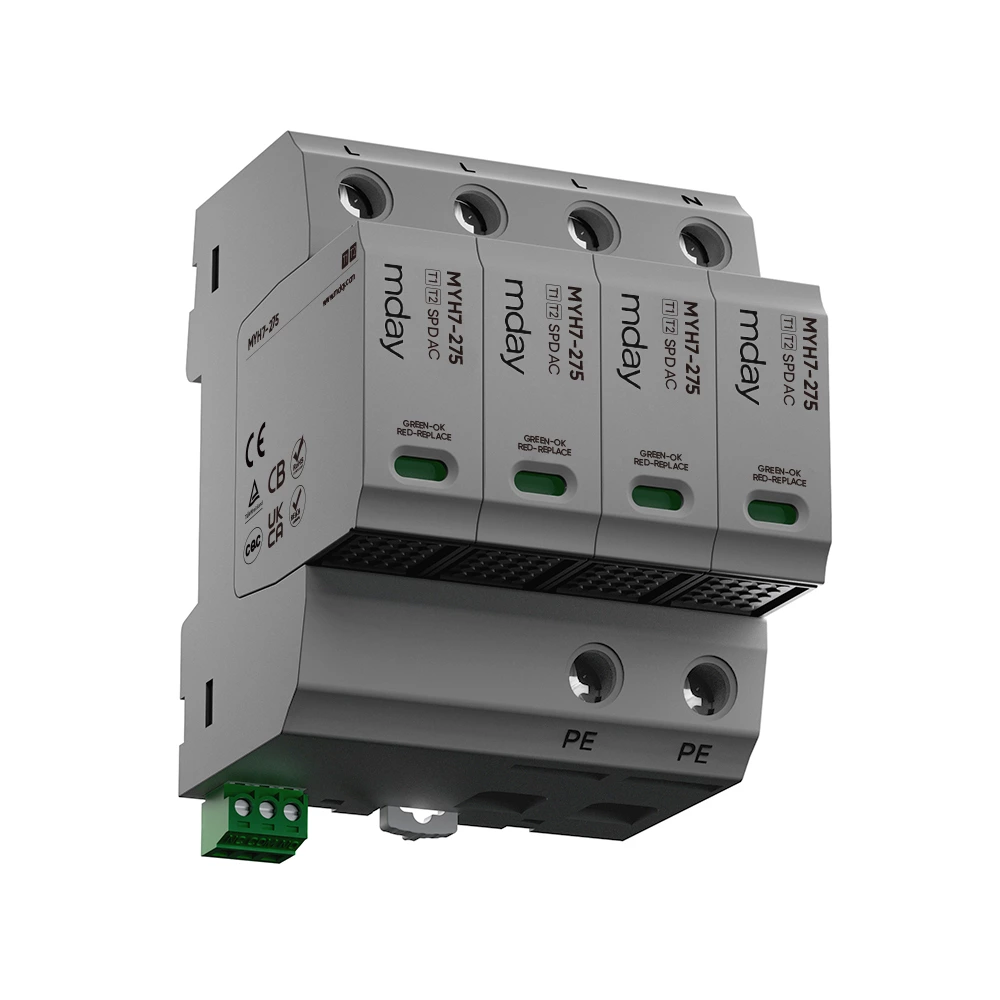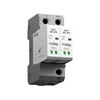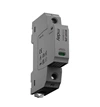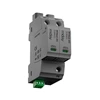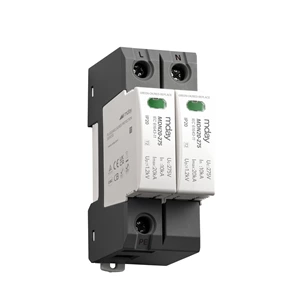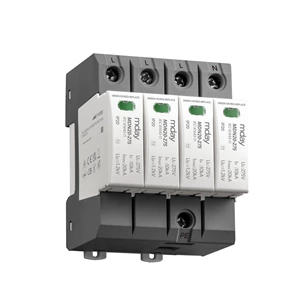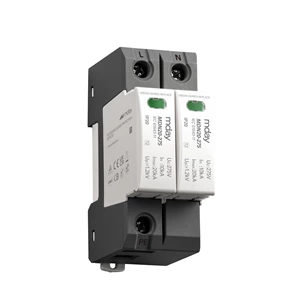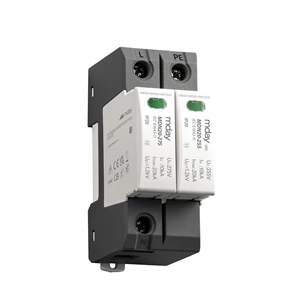Is It Useful To Install A Surge Protector On The Front-end Camera On The Monitoring Pole?
Surveillance systems primarily monitor incidents that could impact public safety, property, and other emergencies, serving as a basis for post-incident investigation and evidence collection. During this thunderstorm season, if front-end cameras lack effective lightning surge protection, they pose a risk of subsequent incidents. Damage to the cameras could cause the entire system to malfunction, posing a potential threat to public safety and the safety of people and property. However, many "professional lightning protection manufacturers" claim to install their "lightning arresters" or surge protective device emergency services at the camera end of the pole lightning rod and at the host computer's video input point. Is this effective? In one reported case, the lightning arrester itself was burned out.
Aside from the camera lightning protection installation design, consumers must first understand the lightning arrester's structure.
First, the surge protector dimensions. SPDs are manufactured for both indoor and outdoor use, and their porcelain sleeve insulation strength is determined. Their dimensions are related to the valve disc material. When used on overhead lines or outdoor power distribution equipment, the SPD's dimensions do not pose a negative impact due to the large phase spacing. Indoor trolley-type switchgear is relatively small, so larger SPDs can have adverse effects.
Is installing a surge protection device front-end camera on a surveillance pole effective?
Now that we understand the underlying information, we can better understand camera installation.
